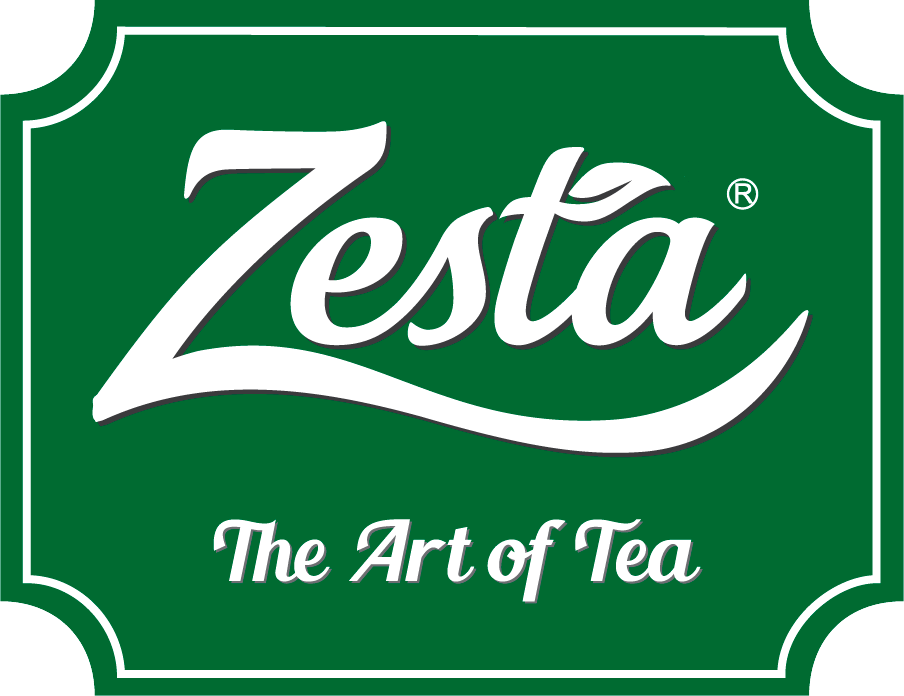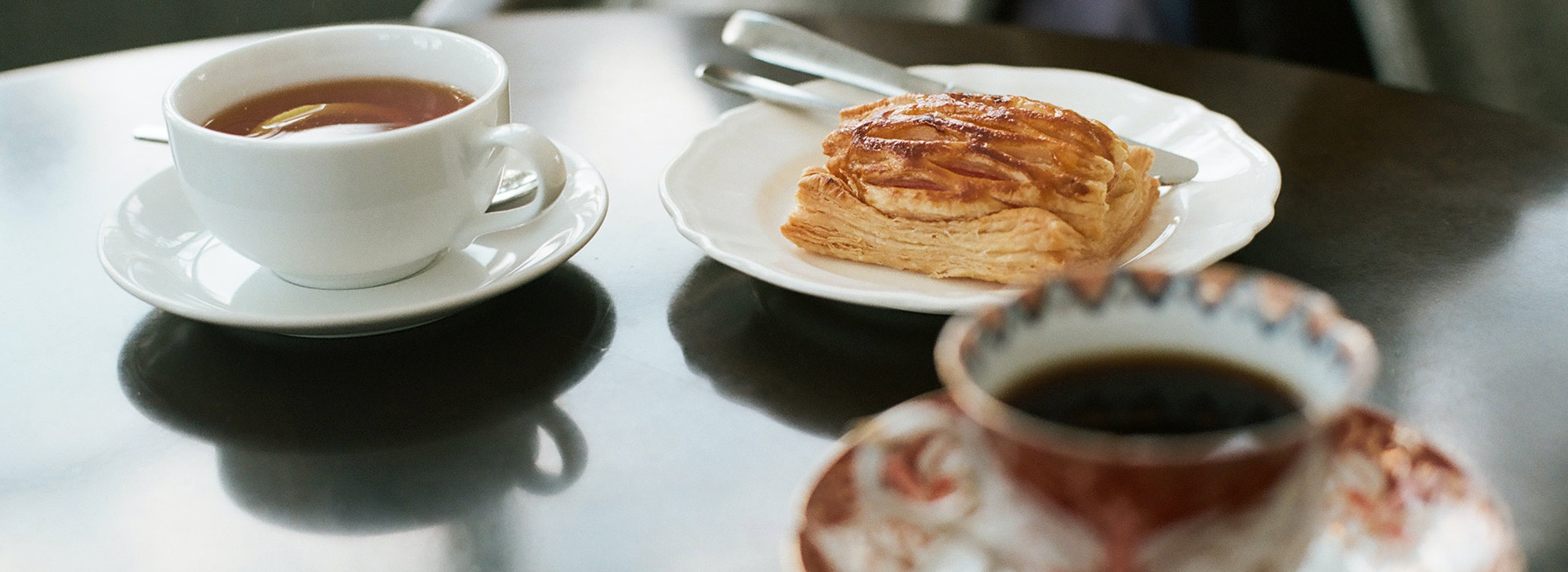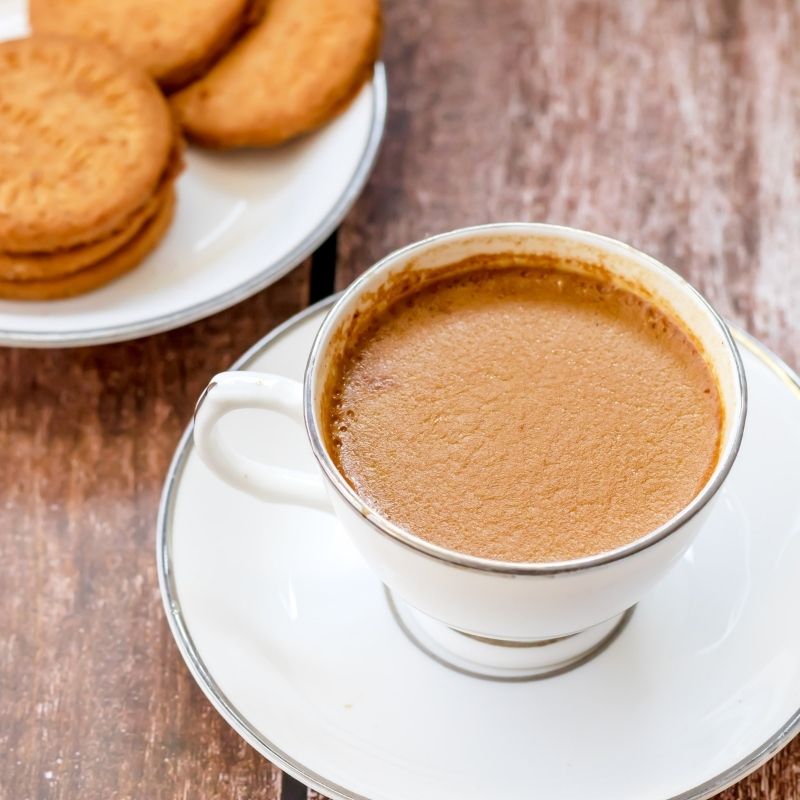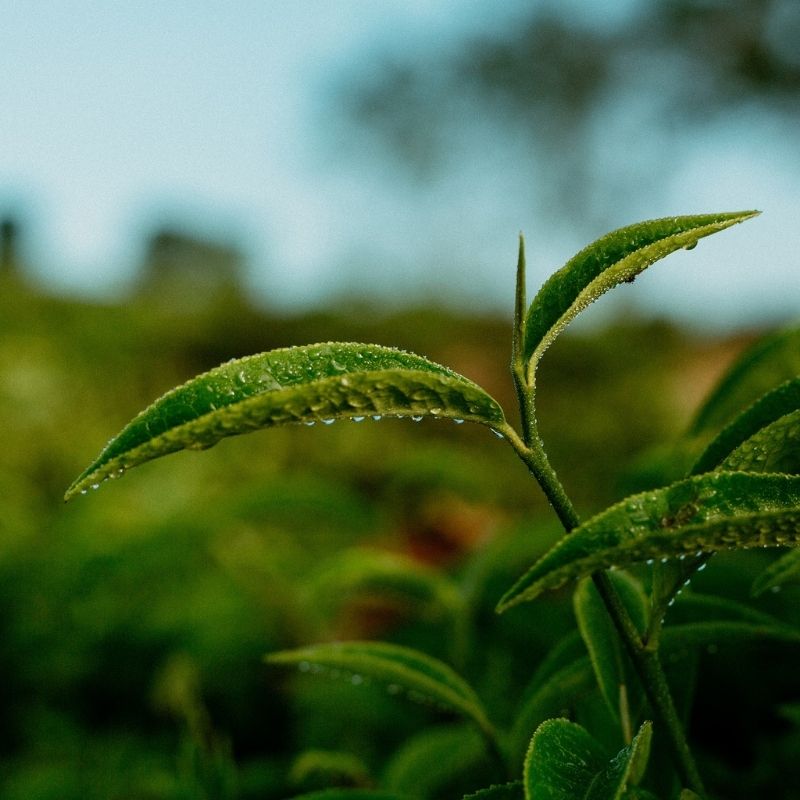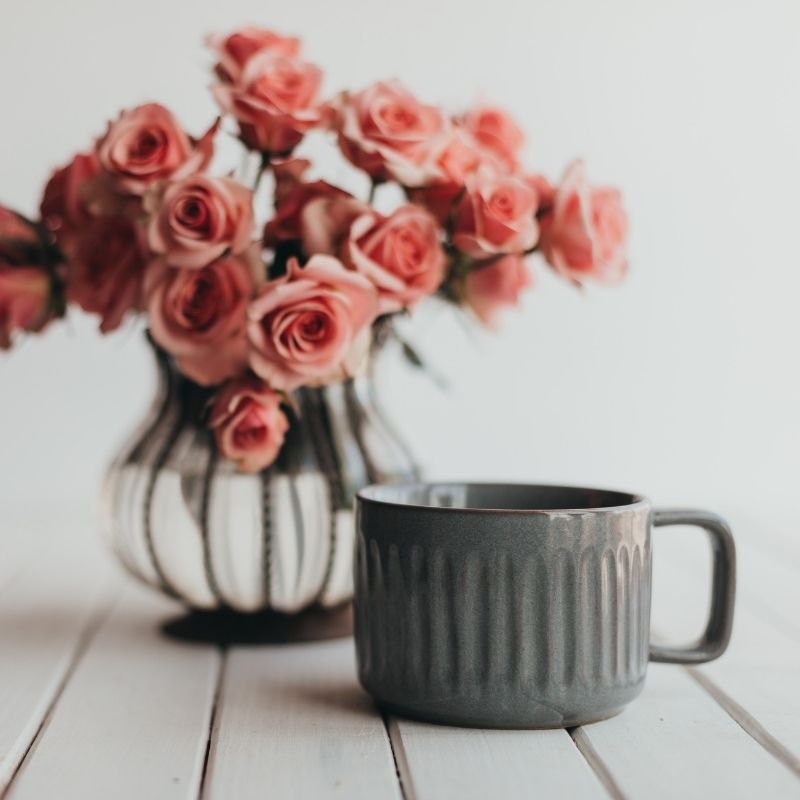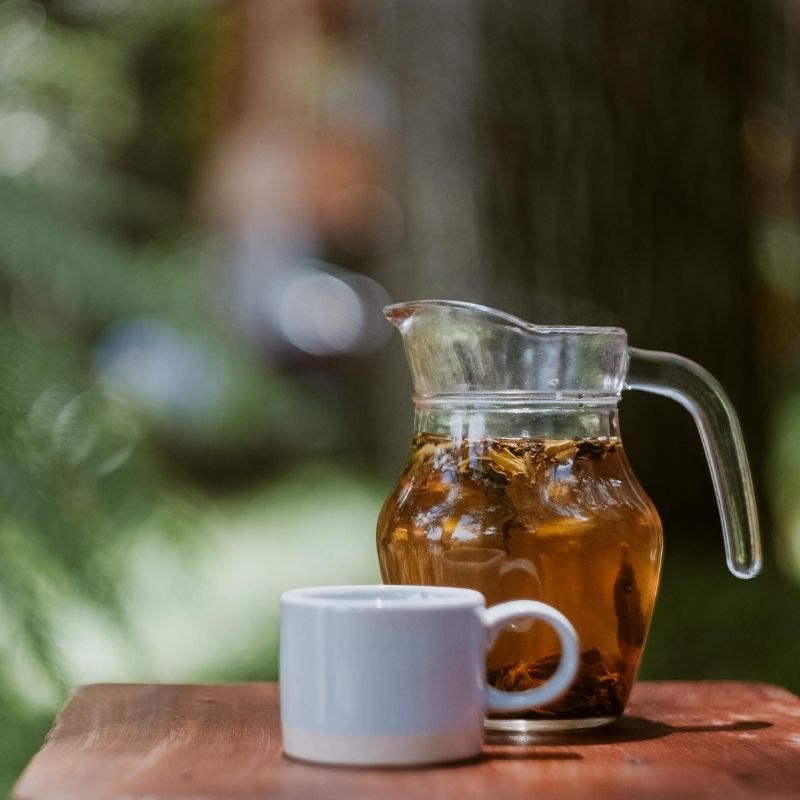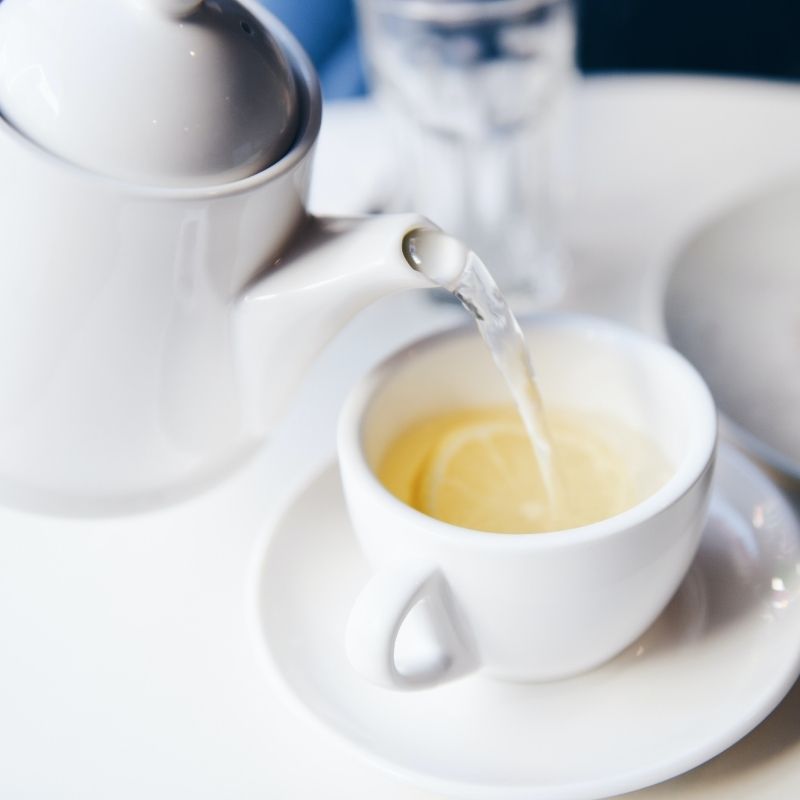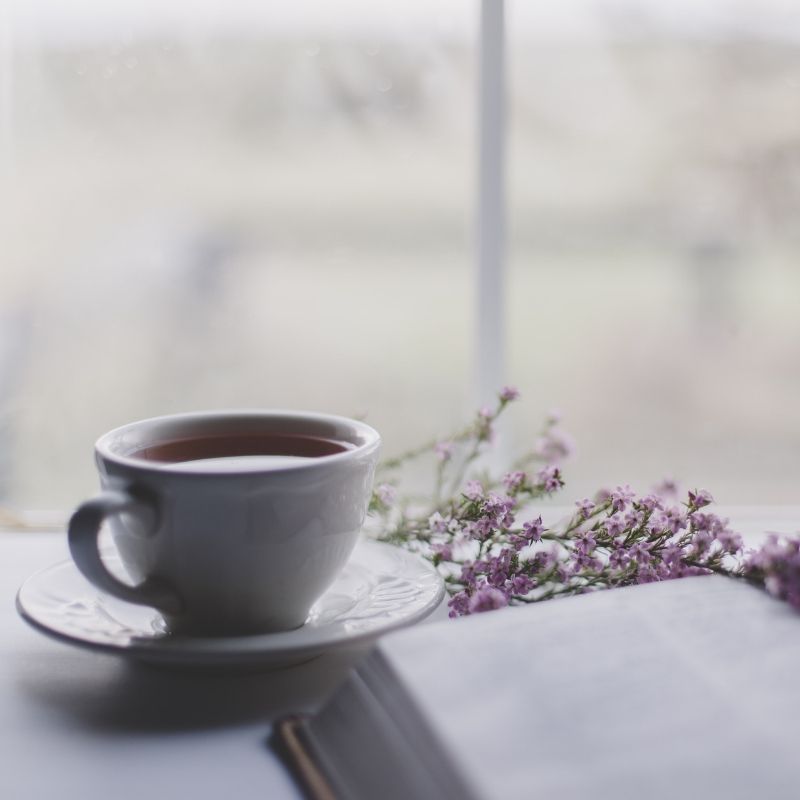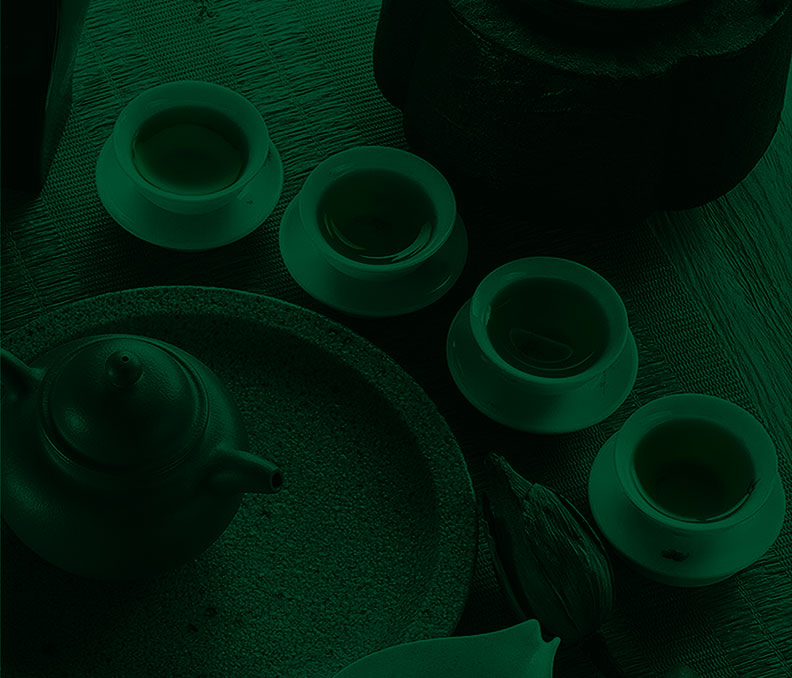Known for their unique taste, colour, and character, English Breakfast Tea and Earl Grey Tea is easily one of the more popular traditional black teas out there in the market. So much so that many believe they are the same. They are not though!
The differences are mainly attributed to the origins, and the flavour. Apart from those features, they do have their fair share of similarities.
History and Origins
This is one of the major differences between the two tea types, as they have their beginnings in separate events.
English Breakfast Tea
This type of black tea can be traced back to the 19th century, and can be attributed to a Scottish tea merchant known as Robert Drysdale. It was he who desired a strong, rich, and malty beverage after a good English breakfast, hence the name ‘English Breakfast Tea’.
The popularisation of the tea came about when Queen Victoria first tasted it during her stay in Scotland. The monarch was so impressed by its taste that she brought a supply back to London, which eventually led to a trend that never ceased.
Earl Grey Tea
This traditional tea has a similar beginning in that it was popularised in the 19th century. However, this was a Chinese invention although it has a English name.
The story goes that once a Chinese scholar visited Charles Grey, 2nd Earl Grey (the British Prime Minister during the 1830s) in the United Kingdom. The scholar wanted to treat his host with some traditional Keemun tea. The only problem was that the water possessed a mineral taste, which did not give out the true taste of the tea. He then proceeded to use bergamot oil (an oil made from a citrusy fruit) to balance out the taste. The Prime Minister was so enthralled with the beverage that it became a staple in his household.
Popularity of the tea rose when the wife of Charles Grey served this beverage to their guests and visiting dignitaries. Hence the name ‘Earl Grey Tea’.
Taste, Flavour, and Blend
Another way of showcasing the differences between the two variants is by analysing its taste, flavour, and blend of the beverage.
English Breakfast Tea
This particular beverage is characterised to have a very strong, rich taste, which is full-bodied and robust. This is because it is traditionally a blend of Assam, Keemun, Kenyan, and Ceylon tea leaves.
The reason for its strong flavour was because of how hearty the English breakfast is. The rich taste often complemented the breakfast, and gave that much-needed energy boost for the day. Milk and sugar was sometimes added to balance out the strength of the beverage. The Zesta Connoisseur Collection English Breakfast Tea is a perfect example of the brew.
Earl Grey Tea
In the traditional sense, Earl Grey tea is made from Chinese Keemun tea, which is then infused with bergamot oil. Over the years though, the Chinese tea leaves were replaced by Ceylon Tea, since it allowed consumers to add milk into the beverage as well. A great example for this is the Zesta Connoisseur Collection Earl Grey Tea.
Due to the bergamot oil, the tea is characterised to have a citric taste, and is considered to have a milder flavour to other black teas, such as English breakfast tea.
Similarities
English breakfast tea and Earl Grey tea do have similarities when looking at certain aspects.
Preparation
While they are different in blend, taste, and flavour, they are black teas having the same core ingredient after all; the leaves of the Camellia Sinensis plant. Similarly, preparing a fresh cuppa is the same. All you have to do is;
- Boil fresh spring water (220ml per person) to around 100˚C.
- Add teabags (one per person) or loose-leaf tea (2.5g per person) to the water.
- Let the leaves steep for 3-5 minutes.
- Serve into tea cups.
- Add a slice of lemon when drinking straight, or add milk and sugar to your liking.
Health Benefits
Another similarity of these two drinks are the health benefits. Many studies have shown that English breakfast tea and Earl Grey tea aid in strengthening the immune system, oral health, digestion, heart health, mood, blood sugar, and high blood pressure.
Regardless of the differences between the two brews, the two tea variants are equally as popular and can be equally enjoyed with Zesta.

